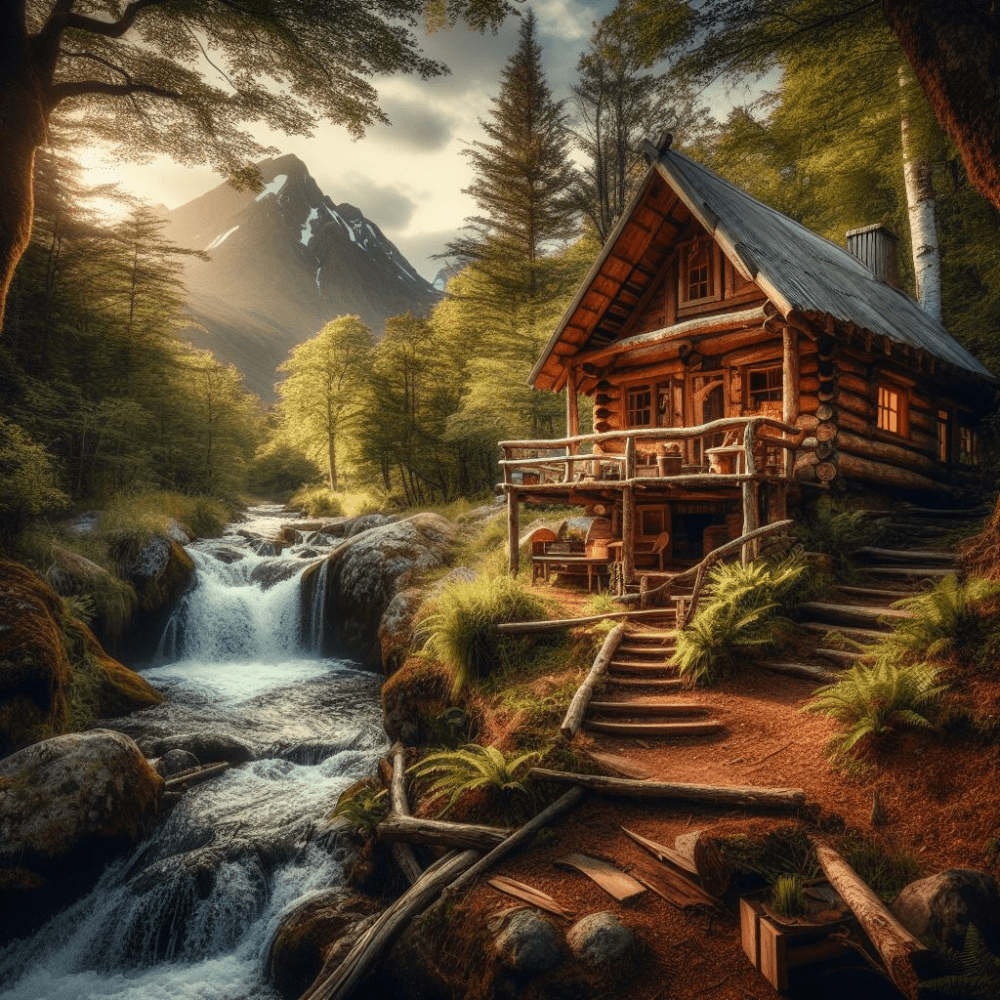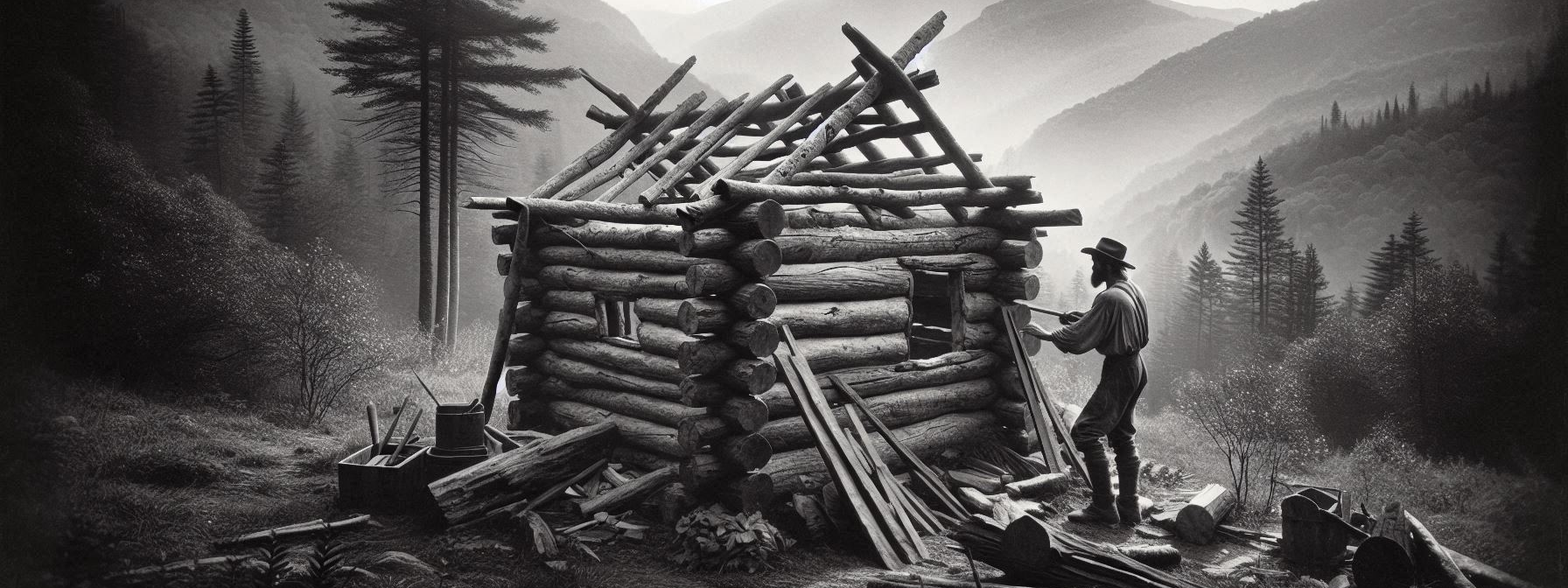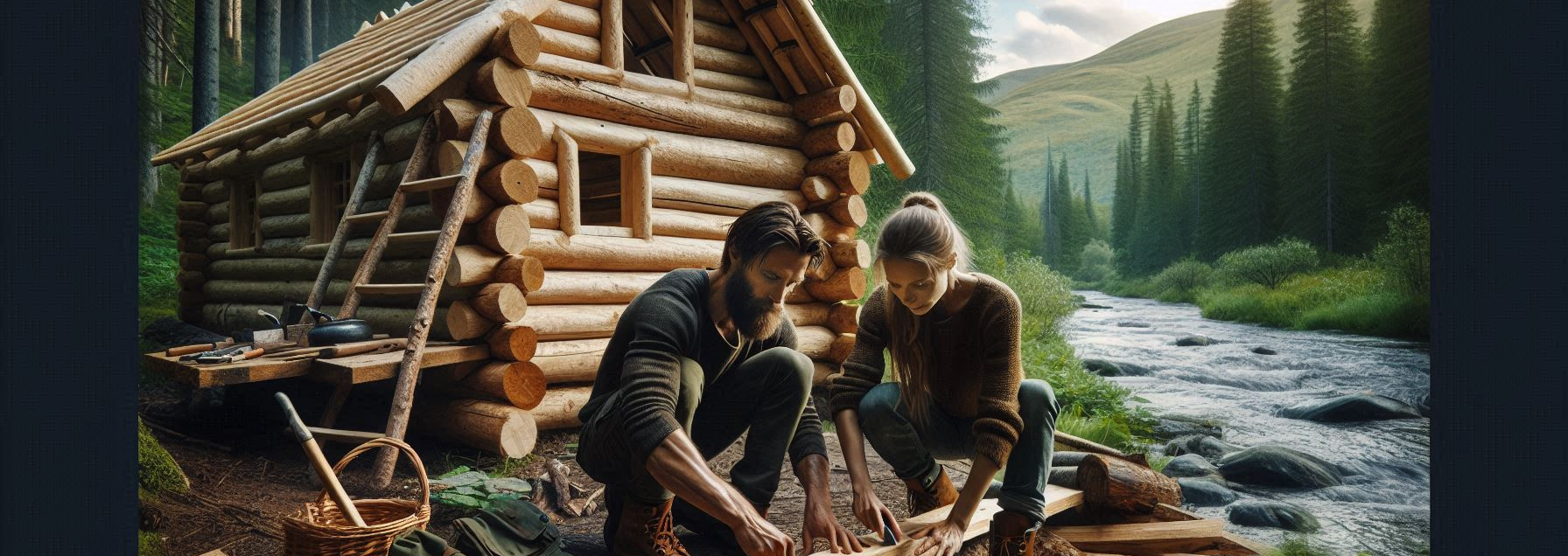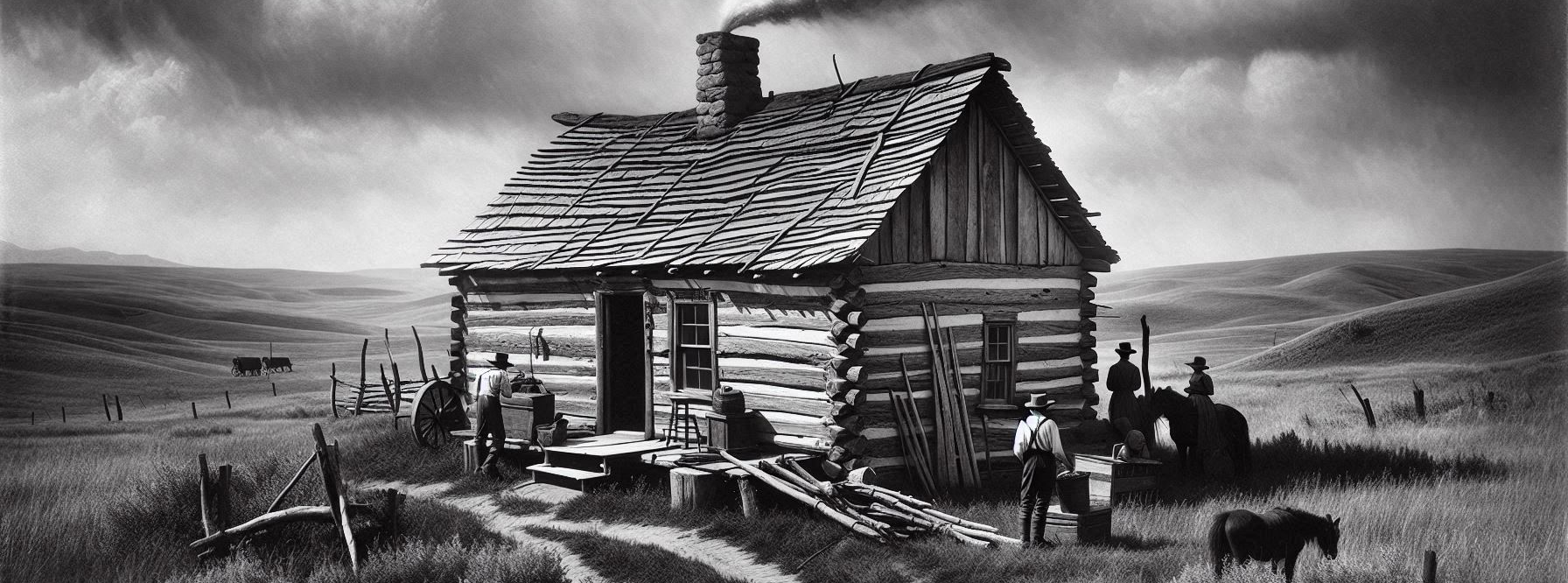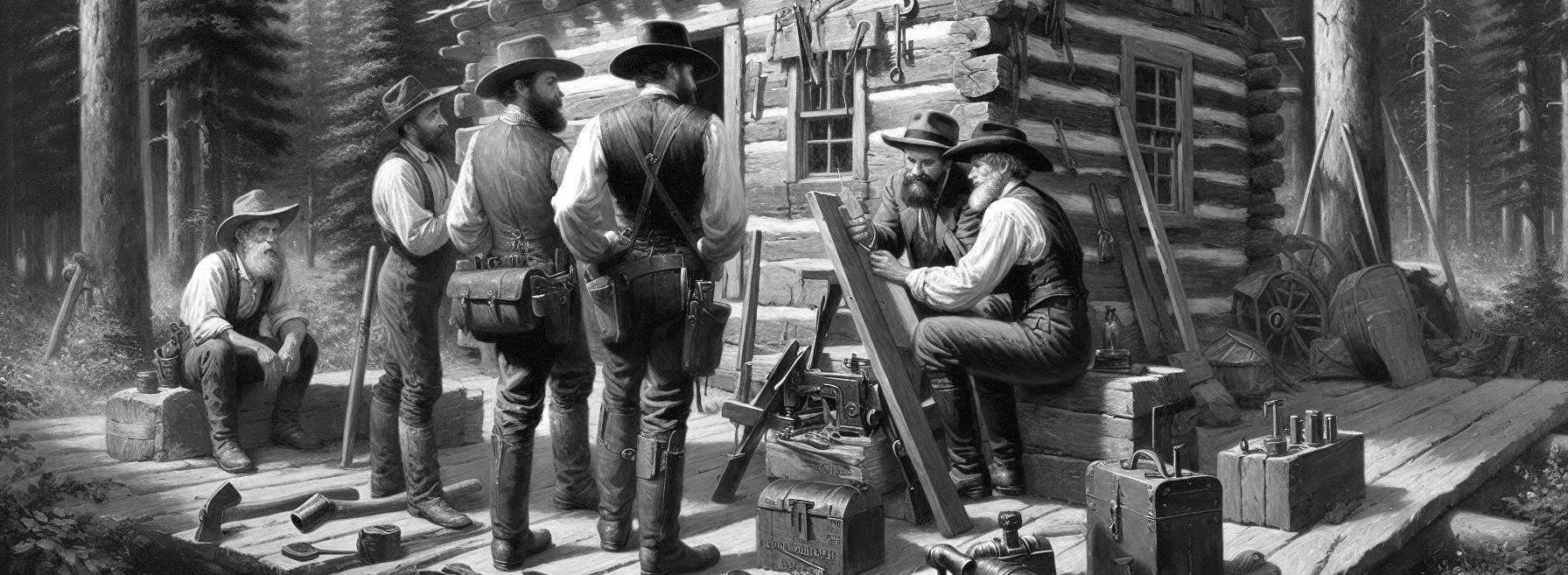The Tale of John McAllister
This is a biographical fiction short story of what it was like to build a cabin way back in the 1800’s. I find this story a very interesting read and I hope you like it too.
Introduction
In the rugged wilderness of the Rocky Mountains, during the early 1800s, a solitary figure emerged from the dense forest. His name was John McAllister, a mountain man who had left the bustling cities behind in search of a life of freedom and adventure. John was a skilled trapper and hunter, known among his peers for his resilience and resourcefulness. But as winter approached, he knew it was time to build a place he could call home—a cabin that would shelter him from the harsh elements and offer a sanctuary in the heart of the untamed land.
The Vision
John had roamed the mountains for years, familiarizing himself with the landscape and its secrets. He had a clear vision of what his cabin should be—a sturdy structure made from the very trees that surrounded him, a testament to his self-reliance and kinship with nature. He envisioned a cabin with a stone fireplace to keep the cold at bay, windows that allowed the sunlight to flood in, and a roof that could withstand the weight of the winter snow.
Choosing the Location
Choosing the right location for the cabin was crucial. John needed a spot that offered both protection and resources. He found a clearing near a freshwater stream, where the land was flat and the trees were abundant. The stream would provide him with water for drinking and cooking, and the flat land would make construction easier. The trees, tall and sturdy, would be the source of the logs he needed.
Felling the Trees
With his location chosen, John set to work. He selected the largest, straightest trees for the cabin’s frame. Armed with his trusty axe, he began the laborious task of felling the trees. Each swing of the axe echoed through the forest, a rhythmic sound that marked his progress. It was backbreaking work, but John’s determination never wavered. He knew that every tree he felled brought him closer to his goal.
Preparing the Logs
Once the trees were down, John stripped them of their branches and bark. He used a drawknife to smooth the logs, ensuring they would fit snugly together. This process, called hewing, was essential for creating a tight, weatherproof structure. John took great care in this step, knowing that the quality of his work would determine the cabin’s durability.
Laying the Foundation
With the logs prepared, John turned his attention to the foundation. He dug shallow trenches for the cabin’s base, filling them with stones to create a solid footing. The stones were carefully selected and placed, each one contributing to the stability of the cabin. This foundation would keep the wooden structure off the damp ground, preventing rot and ensuring its longevity.
Raising the Walls
Raising the walls was a monumental task that required both strength and precision. John began by laying the first layer of logs, called the sill logs, directly onto the stone foundation. These logs were the largest and heaviest, forming the base of the cabin. He then notched the ends of the logs, allowing them to interlock at the corners. This technique, known as saddle notching, provided strength and stability to the structure.
Layer by layer, the walls grew taller. John used a block and tackle system to lift the heavy logs into place, carefully positioning each one before securing it with wooden pegs. As the walls rose, he left spaces for windows and a door, which he would frame in later.
Constructing the Roof
With the walls complete, John turned his attention to the roof. He created a simple gable roof, using long, sturdy logs as rafters. The rafters were laid across the top of the walls, forming the framework of the roof. He then covered the rafters with smaller logs, creating a solid surface.
To make the roof waterproof, John layered bark and thatch over the logs. He collected bundles of reeds and grasses, tying them together and securing them to the roof with wooden pegs. This thatch would repel water while providing insulation, keeping the cabin warm and dry.
Building the Fireplace
The fireplace was a crucial feature of the cabin, providing both warmth and a place to cook. John chose a corner of the cabin for the fireplace, where it would be protected from the wind. He gathered stones from the nearby stream, carefully selecting flat, sturdy stones for the base and sides of the fireplace.
Using a mixture of clay and mud, John built the fireplace stone by stone. He created a wide hearth, where he could build a large fire, and a tall chimney to draw the smoke out of the cabin. The fireplace was the heart of the cabin, a place where John could find warmth and comfort through the long winter nights.
Finishing Touches
With the main construction complete, John added the finishing touches to his cabin. He framed the windows with smaller logs, creating simple but functional openings that would let in light and allow for ventilation. He built a sturdy wooden door, which he hung on leather hinges, and secured it with a heavy wooden latch.
Inside the cabin, John crafted simple furniture from the leftover logs and branches. He built a rough-hewn table and chairs, a bedframe covered with a thick mattress of straw, and shelves to store his supplies. Every piece was functional and sturdy, built to withstand the rigors of frontier life.
Settling In
As the first snowflakes of winter began to fall, John stood back to admire his handiwork. The cabin was a testament to his skill and perseverance, a refuge carved out of the wilderness. He lit a fire in the fireplace, feeling the warmth spread through the cabin, and listened to the wind howling outside.
For John McAllister, the cabin was more than just a shelter. It was a symbol of his independence and connection to the land. In the quiet solitude of the mountains, he had built a home with his own hands, a place where he could live in harmony with nature and find peace in the rugged beauty of the wilderness.
And so, as the winter settled in and the snow piled high, John found comfort in the warmth of his cabin, knowing that he had created something truly remarkable. The mountain man had tamed the wild, if only in this small corner of the world, and built a legacy that would endure for generations to come.
